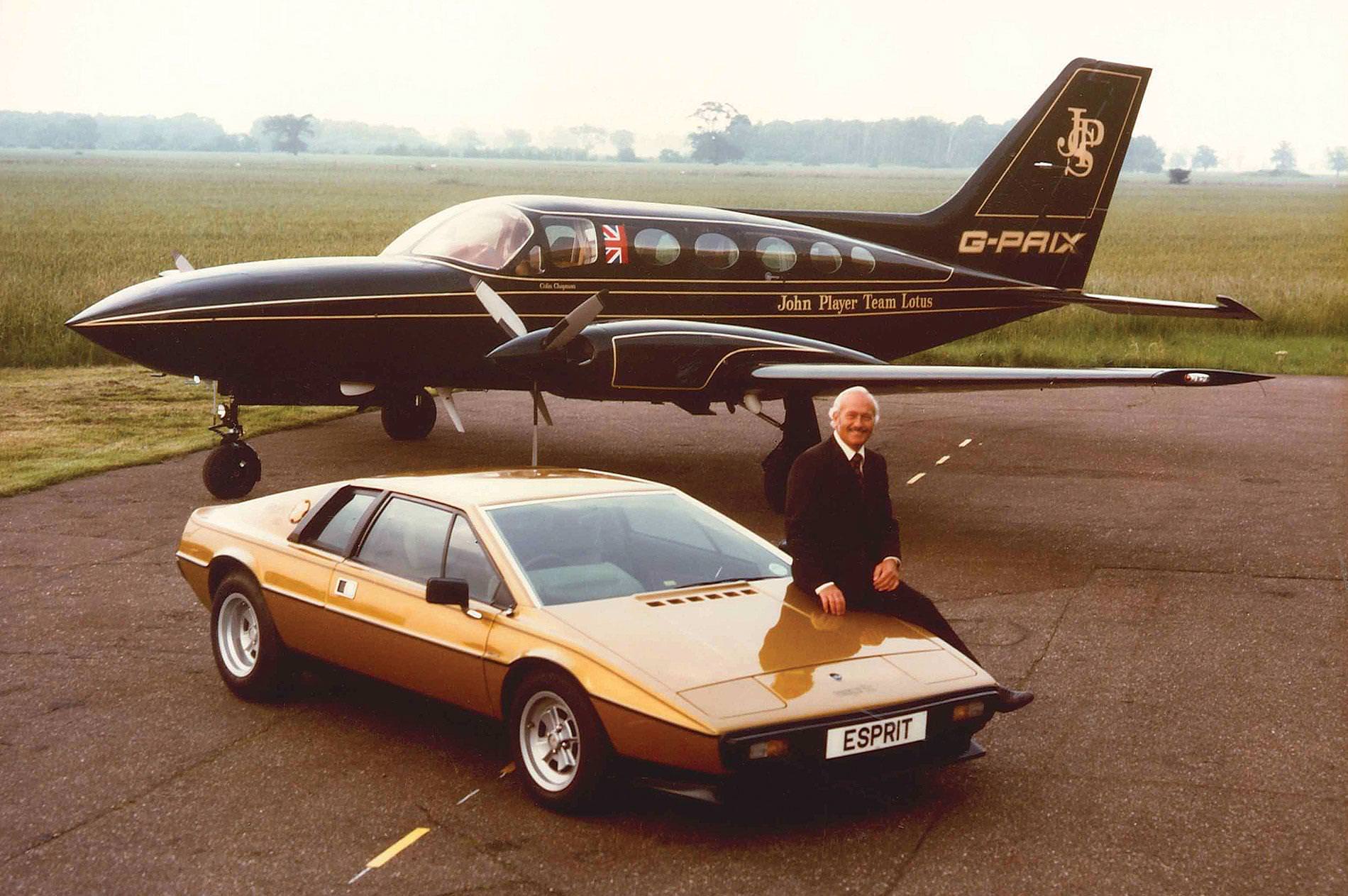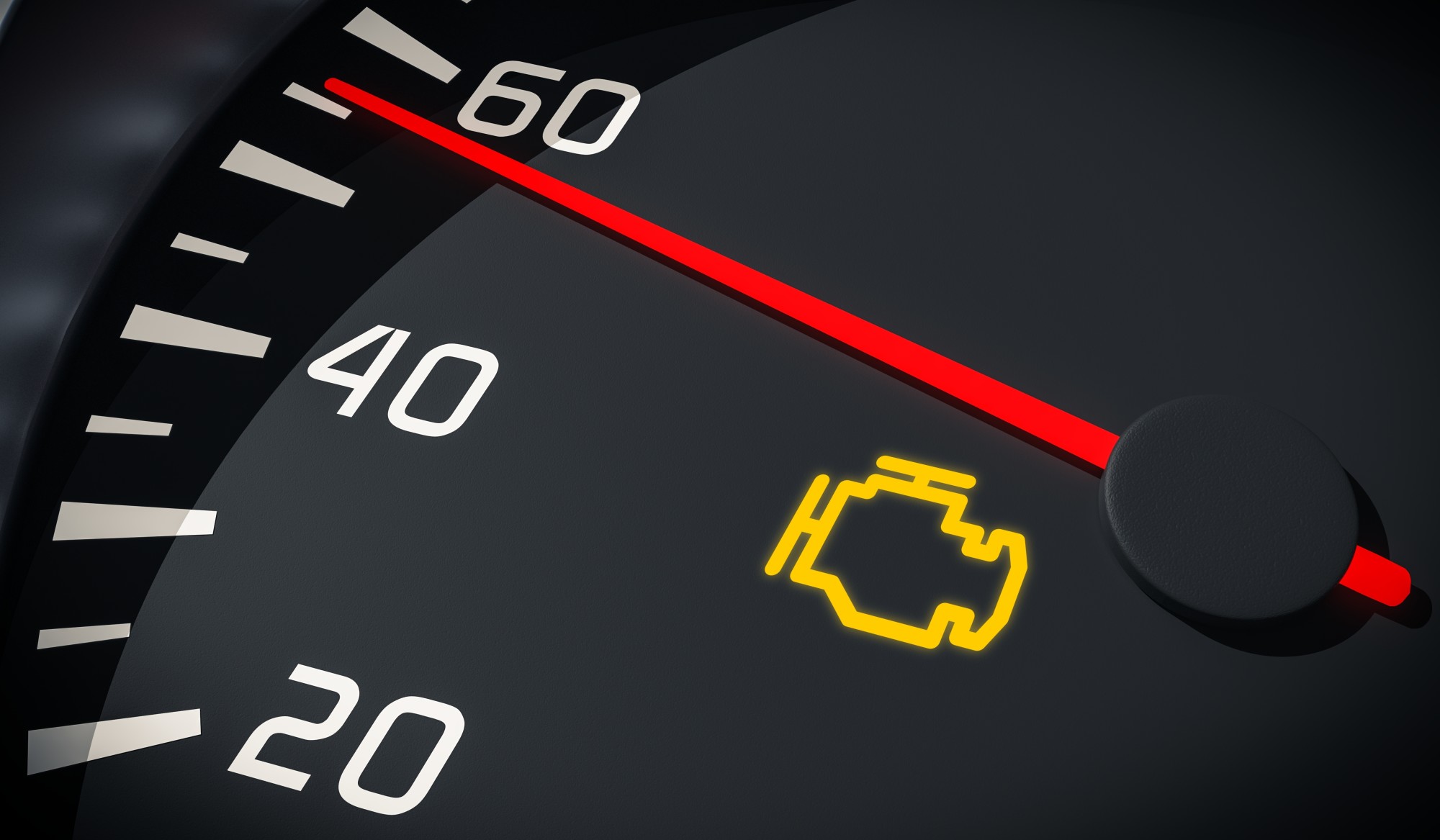Make Your Car Lighter to Add Performance
Lotus founder Colin Chapman famously said, "Simplify, then add lightness." This mantra is as relevant today as it was in the golden age of racing. A lighter car corners better, stops faster and gets better fuel economy. It also, of course, accelerates more quickly. Drag racers say every 100 pounds removed from your car is worth a tenth of a second in the quarter mile.
In this DIY guide, we'll explore five easy ways to reduce the mass of your vehicle. From upgrading your seats to swapping out heavy parts, we'll cover a range of modifications that cater to different levels of weight reduction and cost. Whether you're a casual enthusiast or a weekend racer, there's something here for you to try.

1) Bolt in Racing Seats
One of the most straightforward yet impactful weight-saving changes you can make is upgrading your factory chairs to racing seats. Most stock seats are designed with a focus on everyday comfort. That means extensive padding, motorized adjustments, and, you guessed it, plenty of heft.
Exchanging those factory seats for racing seats can shed 50 pounds or more from your car's total mass. Racing seats aren't just about weight savings, either. They're also engineered to provide optimal support during spirited driving, ensuring you, like your car, remain securely planted through the twisties.
Carbon fiber racing seats offer the best weight savings, but they can be pricey. Check out fiberglass and aluminum options for a good balance between performance and cost.
2) Install a Lithium Battery
Traditional lead-acid batteries can weigh as much as a Siberian Husky. That's a lot of mass to drag around. Fortunately, there's a lighter alternative: lithium batteries, such as those made by Optima. They're about half the weight of their lead-acid counterparts, but produce similar output, making them an easy way to add lightness.
Lithium batteries cost more than lead-acid units. But on the plus side, they last longer and have a lower discharge rate, meaning they stay fresh longer during periods of inactivity. Additionally, their compact size can free up valuable space under the hood.
However, it's important to consider your climate when making the switch. Lithium batteries can be sensitive to extreme cold. If you're in a region that experiences severe winters, select a model designed to perform under such conditions.
3) Mount Lightweight Wheels
Racecar engineers go to great lengths to shed unsprung weight, which is any component not supported by the springs, including wheels, tires, and brakes. Why? Because it has a disproportionately positive effect on performance, making the car more responsive in every regard. Reducing your vehicle’s unsprung weight will also improve your fuel economy.
But you don't need to be a Formula 1 or NASCAR driver to benefit from the same concept. A simple wheel upgrade will do the trick. Factory alloys can weigh as much as 30 pounds each, and steelies are even heavier. Fortunately, outlets like Tire Rack make it easy to find rim replacements for your specific year and model that weigh 20 pounds or less. Even a small savings – as little as five pounds per wheel – can make a noticeable difference.
For the ultimate in performance, seek out forged rims. They're pricier but provide the greatest weight savings along with enhanced strength.

4) Swap in Carbon Fiber Parts
Carbon fiber, the super-strong, super-lightweight material once exclusive to aerospace and high-end motorsports, has trickled down to the aftermarket world. That means it's possible to replace some of your car's heaviest steel parts –hood, fenders, trunk lid and doors – with carbon fiber equivalents. This can shave as much as 30 pounds per part.
However, it's important to consider a few factors before you whip out your credit card. One is that carbon fiber is still pretty expensive, so if you're working within a budget you may want to try some of our other suggested upgrades first. Another is that carbon fiber is susceptible to damage from the sun, so be sure to look for parts with UV-resistant coatings and, once installed, keep them clean and waxed.
5) Strip Out the Creature Comforts
If you want to go all-in on weight savings, consider removing nonessential parts such as the rear seats, carpet, sound insulation, stereo and even the air conditioning. There's a reason you won't find any of these items on a race car: They add considerable mass to the vehicle, sapping performance.
Of course, the downside to this approach is, well, you won't have those amenities in your car anymore. That can turn your daily commute into even more of a drag. Our advice here is to proceed carefully, starting with changes that can be reversed rather easily, if you change your mind for any reason. But for the hardcore enthusiast, this is one of the cheapest and most effective ways to shave pounds.
And consider this: Some supercar variants like the McLaren 765LT come this way from the factory – and cost extra!

Want to learn more about unsprung weight and why it matters to your car? Read more here.
Still have questions? Connect with our Tinker Expert today!



